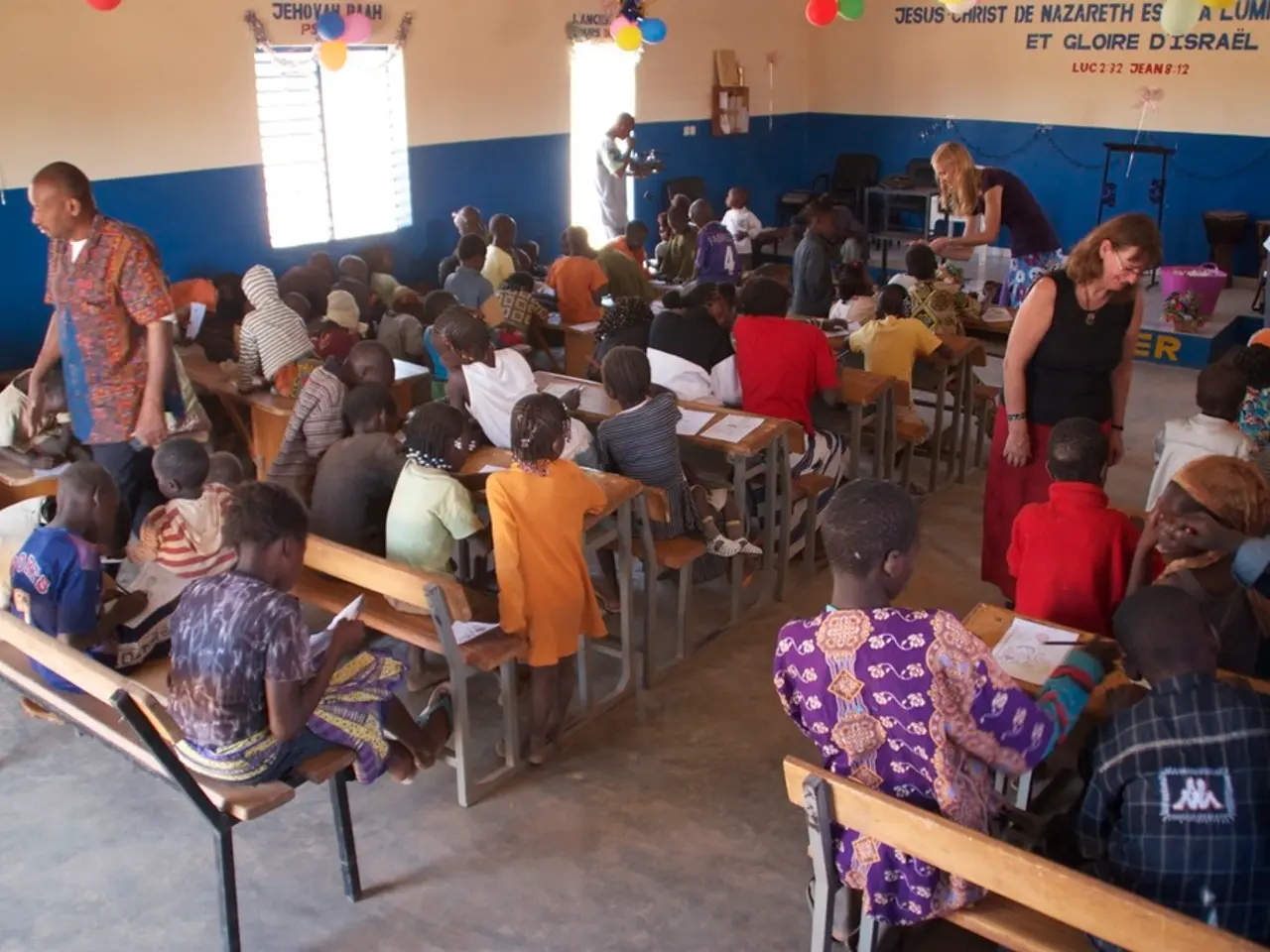Strategies for Leisure Trips with Children: Worry-Free Family Vacations
Traveling with children can be an exciting yet challenging experience. However, with careful planning and the right strategies, it can be transformed into a memorable and enjoyable adventure for the whole family.
Ideal Ages for Traveling with Kids
Ages 5 to 10 are often considered ideal for traveling with kids as they are more independent, have better attention spans, and are eager to explore new experiences. On the other hand, the toddler years (ages 1 to 3) and the teenage years (ages 13 to 18) are often considered the most challenging phases of raising a child due to their high energy levels and the need for more flexibility.
Key Strategies for Stress-Free Family Travel
- Set Expectations Clearly: Explain the itinerary, mealtimes, and activities to everyone, especially children, to reduce anxiety and complaints. Allowing time to acknowledge feelings and questions helps prevent stress triggered by sudden changes or uncertainty.
- Plan Ahead: Book accommodations, transportation, and activities well in advance to avoid last-minute stress. Opt for places offering both relaxation and fun for kids, such as amusement parks, interactive museums, beach resorts with shallow water, or adventure trails.
- Comprehensive Packing: Prepare comprehensive packing lists for each family member, including necessary medications, favourite toys, and entertainment devices. Packing essentials like snacks and drinks helps maintain energy and mood during travel.
- Entertainment During Transit: Keep children entertained during transit with a selection of games, books, tablets loaded with movies and games, and snacks to avoid boredom and irritation.
- Stay Flexible: Keep backup plans ready for weather changes or closures, and maintain a calm demeanour, as children often mirror parents' emotions. Always prioritize safety during excursions and travel.
- Create Shared Memories: Take photos, keep a travel journal, or incorporate family traditions like special meals or matching apparel to enhance family bonding.
- Regular Breaks: Take regular breaks on longer trips to avoid fatigue and keep spirits high for everyone.
Managing Challenges
For children who experience motion sickness, motion sickness remedies like ginger chews, wristbands, or prescribed medication should be kept on hand. For picky eaters, packing familiar snacks and researching kid-friendly restaurants ahead of time can help manage meal times. To help a child with travel anxiety, parents can prepare them in advance, maintain a sense of routine, encourage relaxation techniques, and involve them in planning the trip.
Travel Medical Kit for Kids
A travel medical kit for kids should include pain relievers, motion sickness medication, band-aids, antiseptic wipes, hand sanitizer, and any necessary prescription medicines.
Gradually adjusting a child's sleep schedule a few days before departure and exposing them to natural daylight can help manage their sleep schedule when changing time zones. Bringing a mix of entertainment such as coloring books, small toys, puzzles, pre-downloaded movies or audiobooks, and interactive travel games can help keep children entertained during long flights.
By following these strategies, families can create a relaxed atmosphere that helps manage expectations, reduce stress, and maximize enjoyment during family travel. Staying organized, communicating openly, and focusing on shared experiences are essential elements for a successful trip.
[1] Source for setting expectations [2] Source for planning and packing [3] Source for managing challenges and creating shared memories [4] Source for staying flexible
- Traveling can offer a unique blend of entertainment and family-dynamics, as you explore sports stadiums, amusement parks, or interactive museums together.
- For a healthier lifestyle on the go, pack nutritious snacks, encourage physical activities like walking tours, and maintain regular meals to keep the family energized during travel.
- When it comes to relationships, using travel as an opportunity to learn about different cultures and customs can foster understanding and empathy among family members.
- Incorporating relaxation techniques, like mindfulness exercises or deep breathing, can help improve your family's stress management during travel.
- Aiming to create a travel itinerary with a mix of family-friendly destinations and personal interests can contribute to a balanced and satisfying travel experience for all.
- To cater to the needs of various family members, consider choices such as beach resorts, adventure trails, or cultural city tours, ensuring there's something for everyone in the family.
- To accommodate different age groups, be mindful of scheduling activities suitable for ages 5 to 10, toddlers, and teens, understanding their unique energy levels and interests during travel.
- To ensure smooth travel, careful research, planning, and preparation are crucial for managing issues like travel anxiety, picky eating, and motion sickness in children.
- A travel medical kit tailored for kids should include essential items like pain relievers, motion sickness remedies, first-aid supplies, and any necessary prescription medicines.
- To maintain a child's well-being during travel, gradually adjust their sleep schedule before departure, expose them to natural daylight when changing time zones, and provide a mix of entertainment during long flights.








